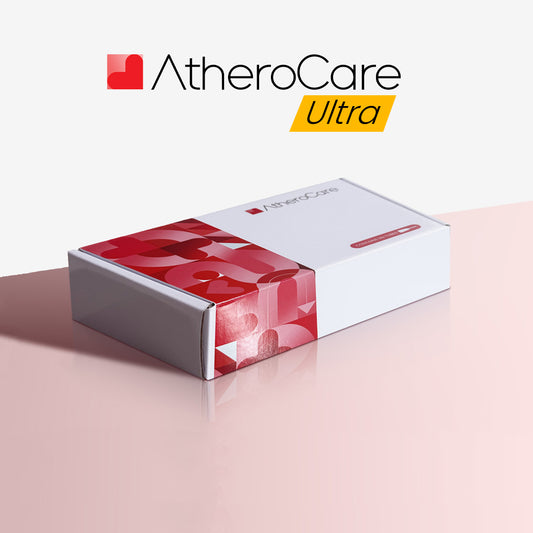What is Cyclodextrin?
Cyclodextrins are a group of naturally occurring oligosaccharides made up of glucose molecules linked in a cyclic structure. The modification introduces hydroxypropyl groups to the beta-cyclodextrin, which increases its solubility and stability, making it more effective in various applications compared to the unmodified version.
The unique structure of cyclodextrin includes a hydrophobic cavity at its center. This cavity allows cyclodextrin to trap and encapsulate various hydrophobic substances, which are typically difficult to dissolve in water. The ability to form inclusion complexes with these substances is central to the functionality of cyclodextrin.
One notable feature of cyclodextrin is its capacity to interact with molecules such as cholesterol. The molecule’s cavity can trap hydrophobic compounds, which may help in their collection and interaction. The process of encapsulation is highly selective, with the size and chemical nature of the substance influencing how effectively it can be trapped.
The versatility of cyclodextrin in forming stable inclusion complexes has led to interest in its potential for altering the properties of various substances. By encapsulating hydrophobic molecules, cyclodextrin can modify their solubility, stability, and behavior. This makes it a useful compound in a range of research fields, where the ability to trap and modify the properties of hydrophobic substances is crucial.
Safety of Cyclodextrin
Cyclodextrin is generally considered safe for use in various applications, particularly in the pharmaceutical and food industries. It has been extensively studied for its biocompatibility and low toxicity, with research indicating that it does not pose significant risks when used in appropriate quantities. As with any substance, it is important to adhere to recommended usage guidelines to ensure safety. However, cyclodextrin’s well-established safety profile makes it a trusted compound for many research and industrial purposes.
Cyclodextrin is listed as GRAS (Generally Recognized as Safe) by regulatory authorities in many regions around the world, further confirming its safety for consumption and use.







